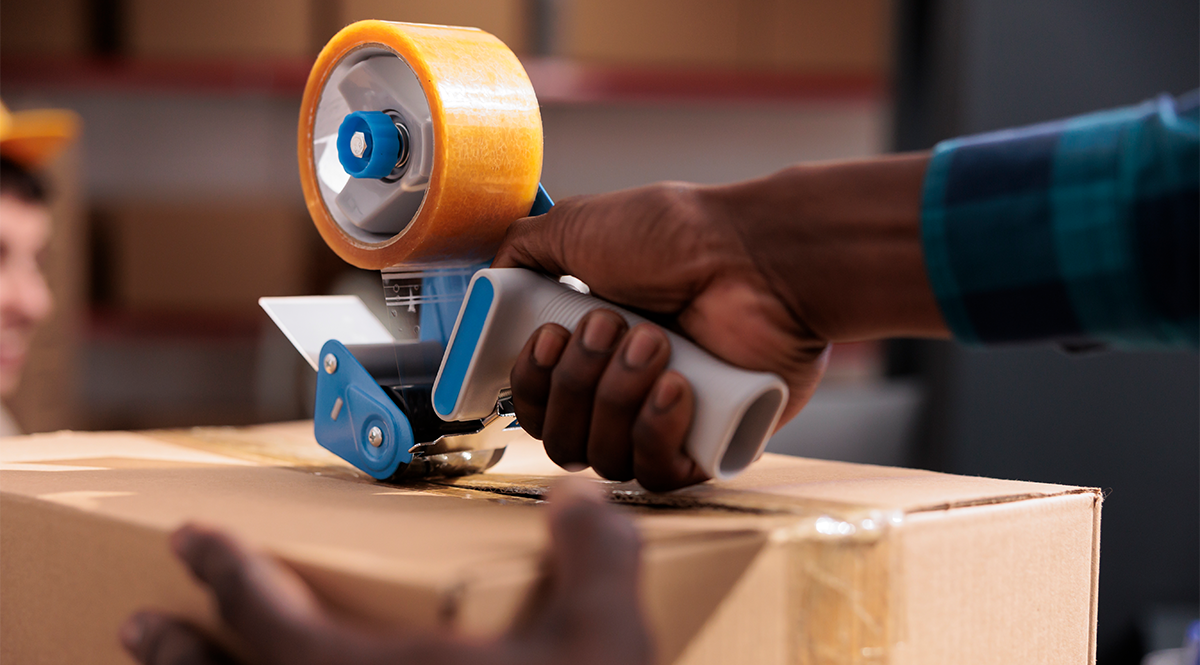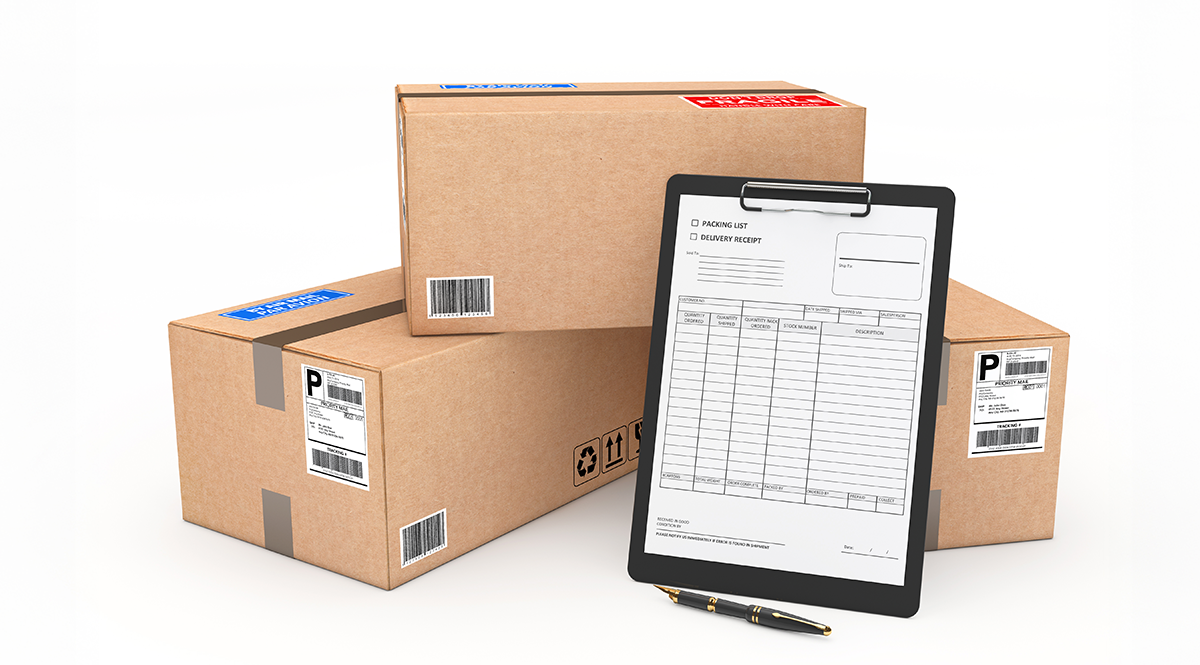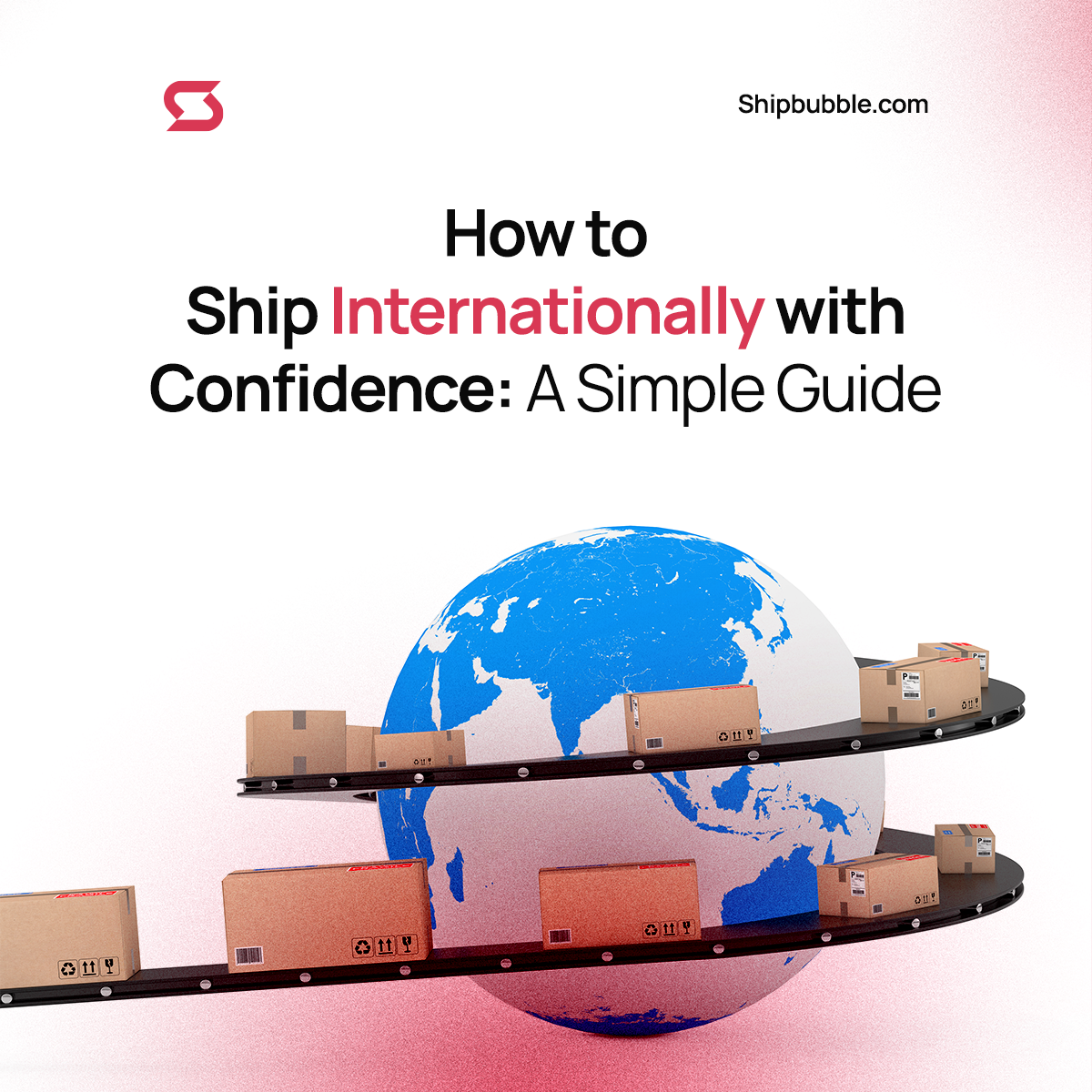Expanding your business beyond local borders is exciting; you're reaching new customers and growing your brand. At Shipbubble, we understand that when it comes to international shipping, things can feel a little overwhelming. Customs paperwork, duties, proper packaging, and delivery timelines can all seem complex at first.
That's we have created this guide for you. We have broken down everything you need to know so you can ship across borders smoothly, avoid delays, and make sure your customers get their orders safe and sound.
Let’s walk through how to ship internationally the smart way.
1. Pack Like a Pro (Because Your Product Deserves It)
Your package might pass through multiple hands — customs officials, sorting facilities, delivery vans, and it needs to survive the journey.
Use a strong box Choose a new, sturdy corrugated box that’s just the right size for your product. A box that’s too loose allows items to shift. Too tight, and things might break under pressure.
Seal it properly Use strong packing tape and seal all edges using the "H-taping method." This means taping along the center seam and both edge seams, top and bottom forming an “H” shape. It creates a secure seal that holds up during handling.

2. Handle the Paperwork (Don't Let Customs Hold You Back)
When shipping internationally, your package must clear customs in the destination country. That means it needs the right documents — think of them as your product’s passport.
- Commercial Invoice: Describes what’s in the box, the quantity, value, and destination. This is essential for customs clearance.
- Packing List: Useful for bulk or multi-item orders. It helps customs (and your customer) know what to expect.

Certificate of Origin: Sometimes required to show where your product was made, especially if trade agreements apply.
Helpful Tip: Place these documents in a clear, weatherproof pouch on the outside of your package. It helps customs find them quickly and reduces the risk of delays.
3. Label Clearly = Ship Smoothly
Your shipping label tells carriers and customs where the package is going and how to handle it. If it’s unclear or missing, delivery could be delayed or misrouted.
Label placement: Stick the main label flat on the top of the box. Avoid wrinkles, smudges, or folds.
Add handling labels as needed:
- FRAGILE – for glass, ceramics, or breakables
- THIS SIDE UP – for liquids, electronics, or delicate setups
Important: If you’re reusing a box (not ideal for international shipping), remove or completely cover any old shipping labels and barcodes.
4. Understand Duties & Taxes (Avoid Customer Surprises)
Every country has its own rules for import taxes, also called duties or customs charges. These charges can surprise customers and lead to unhappy reviews.
Do your research: Look up import rules and fees for each country you ship to. Some goods are taxed more heavily than others.
Choose how you want to handle duties:
- Delivery Duties Paid (DDP): You pay all customs fees upfront. The package is delivered with no extra costs for the customer.
- Delivery Duties Unpaid (DDU): The customer pays when the item arrives. If you choose this option, make sure it’s clearly explained on your website or at checkout.
Being upfront builds trust and avoids problems with delivery acceptance.
5. Use a Tracking Tool and Insurance for Peace of Mind
International deliveries take longer and involve more steps, tracking gives you and your customer visibility, while insurance protects against losses.
Tracking: Make sure your shipping provider offers real-time tracking. This keeps the customer informed and reduces inquiries like “Where’s my package?”
Shipbubble provides you with a Tracking Link that can be shared with your customers to monitor shipments. Try Shipbubble.
Insurance: It’s optional but recommended for valuable, rare, or fragile items. It protects your bottom line if something goes wrong and shows customers you care about safe delivery.
Need help with insurance when booking your orders? Contact us
6. Bonus Tips for Smoother International Shipping
- Estimate delivery times based on destination and shipping method. Communicate expected timelines clearly on your site.
- Use a shipping platform that allows you to compare rates across couriers, manage orders, and track deliveries in one place.
- Integrate your store with logistics tools if you're using platforms like Shopify, WooCommerce, or Etsy, this saves time and reduces manual errors.
- Offer cash-on-delivery (COD) only in regions where it's supported and reliable. It’s not ideal for international orders unless your logistics partner supports it.
Final Thoughts
International shipping doesn’t have to be intimidating. With the right preparation, strong packaging, correct paperwork, clear labels, and a plan for customs, you can ship anywhere with confidence.
Whether you’re an Instagram seller sending out your first international order or a growing e-commerce brand expanding globally, these tips will help you avoid costly mistakes, keep customers happy, and build a reputation for reliable delivery.
Shipping smart is shipping successful.

